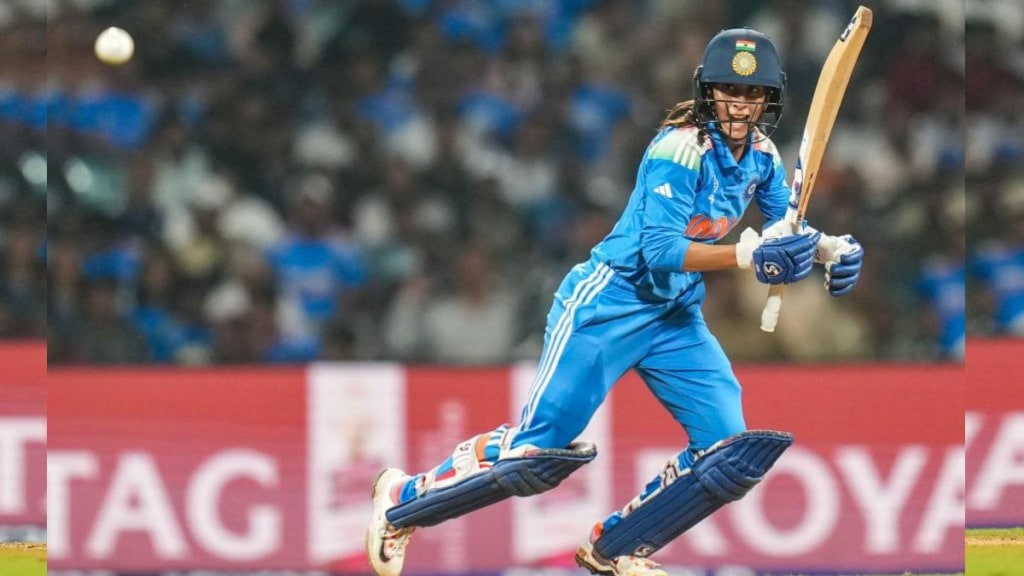Jemimah Rodrigues’ unbeaten 127 off 134 balls that powered India’s victory against Australia on Thursday also marked a pivotal moment in her brand endorsement journey. Experts now predict up to a 100% surge in her endorsement value, positioning her alongside established stars like Smriti Mandhana and Harmanpreet Kaur in the marketability stakes, provided she sustains her performance in the long-run.
Rodrigues’ endorsement catalogue includes Red Bull, Hyundai, Gillette, Dream11, HMD (Human Mobile Devices), boAT and Platinum EVARA, and she takes home around Rs 25 lakh per endorsement.
According to Munish Vaid, vice-president, Primus Partners, from where she stands now, she might be looking at individual deals in the Rs 50 lakh range annually. For medium term (2-3 years), if she becomes a series face and her social following grows, the player could start looking at Rs 1 crore-plus deals. “But there needs to be consistency on the field and how she manages her off-field brand presence,” he noted.
Compared to emerging male cricketers, Rodrigues and her peers still face a considerable gap shaped largely by audience reach. “Nonetheless, her inspiring comeback story, emotional connection with fans, and growing performance trajectory make her one of the most promising faces in women’s sports,” said Vedang Jain, director, Prachar Communication.
In any case, the road to mainstream endorsement has been slippery for women sports stars. According to TAM Media Research, film actresses accounted for a staggering 88.8% of ad duration among female celebrities between January and September 2025, while female sportspersons contributed barely 2.8%.
That will likely change here on. “Jemimah’s knock came in the semi-finals of a home World Cup that was probably one of the most-watched women’s cricket matches worldwide,” said Rahul Sawhney, sports agent to KL Rahul. “What she did on the field was nothing short of sensational, and the bigger the stage, the bigger the perception, relevance, and visibility of that innings.”
Sawhney believes Rodrigues’ authentic digital presence gives her an edge. “She appeals to a far younger digitally native audience than some of her peers who are slightly older or more established, like Smriti and Harman,” he noted, adding that her brands can now position her “not just as a leading figure in women’s cricket, but as a cricket star, period.”
Subarna Mukherjee, founder and global CEO of Shop Culture, sees Rodrigues’ emotional authenticity as key to breaking through. “Historically, Indian athletes have witnessed sharp surges in brand visibility following high-impact performances, and Jemimah is now well-positioned to leverage that momentum. What truly amplifies her marketability are her candid reflections on anxiety and mental health following the match, which have resonated deeply with the audiences, adding a layer of relatability and emotional intelligence to her public persona.”
This expands her appeal beyond the traditional sports category into lifestyle, wellness, and even financial or insurance brands that value narratives of resilience and balance, she said.
While Rodrigues’ visibility and endorsement potential will certainly see an upward curve in the near term, long-term visibility will depend on whether India wins the finals, concluded Amrita Bansal, assistant professor, marketing, IMI Delhi.
Some experts are skeptical. Sandeep Ranade, executive VP at Hansa Research, noted that after the men’s Asia Cup 2025, there was a discussion on whether players such as Tilak Verma, Shivam Dube and Abhishek Sharma will see a surge in brand interest and growth in their endorsement fee. “The stars have seen more interest from brands but we have not yet seen (on air, in media) any big campaigns or partnerships featuring them,” he said.

